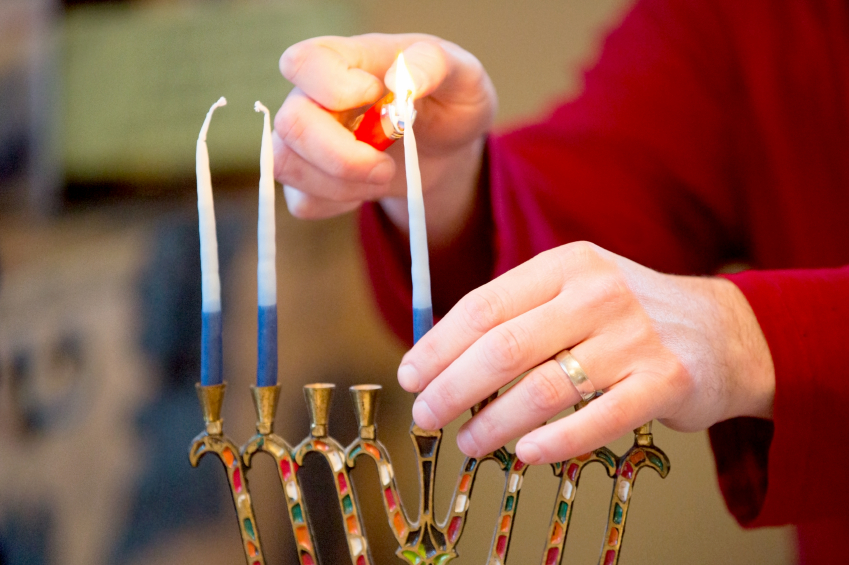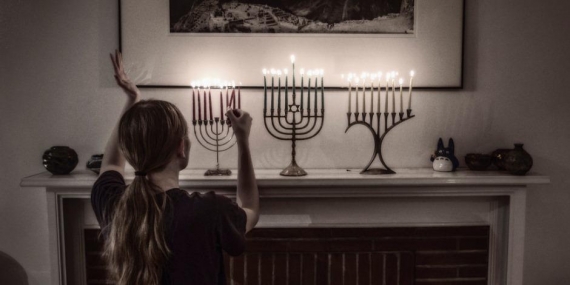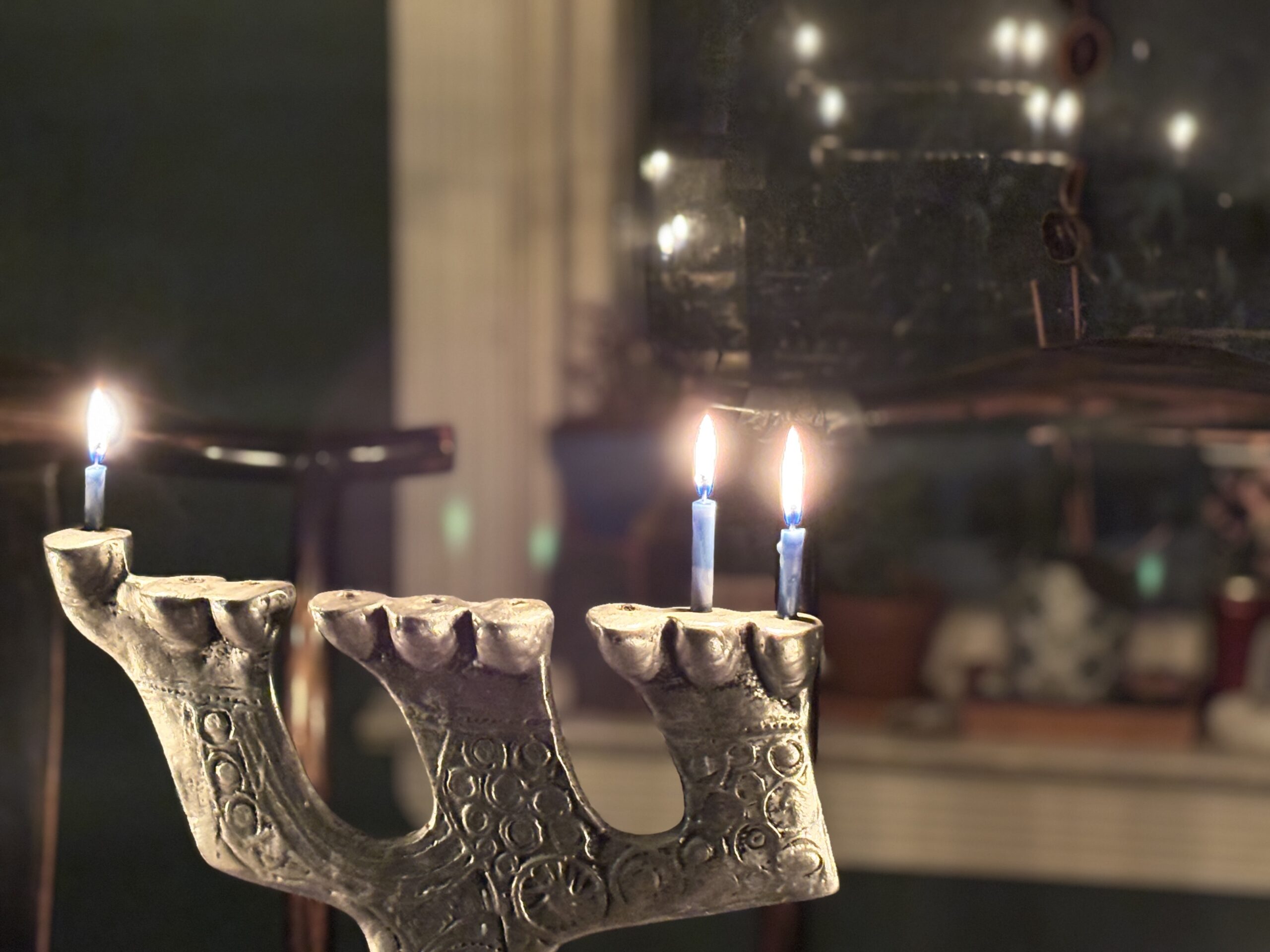From Heshvan to Kislev
During the month of November we have a long break from the flurry of holidays in September and October, one coming right after another. It won’t be until the beginning of December that the next occurs, when Hanukkah begins on the 25th of Kislev. All through this period, our days grow ever shorter with light leaving our world as we move from the Jewish month of Heshvan to Kislev. The Jewish calendar is lunar and the first of any month always coincides with the new moon, so it is easy to make certain that Hanukkah always falls at the darkest time of the year, the time when the sources of light—the moon and sun—together cast as little light as possible. This always falls in the period from the 25th of Kislev to the beginning of the next month, Tevet. All during Hanukkah we light more and more candles, as the moon wanes and disappears and the world becomes progressively a darker place. We are rewarded on the last day when a sliver of the new moon finally appears, daylight increases, and the world outside grows progressively lighter. We can also think of this as spiritually connected with the High Holidays. Rosh Hashanah is on the 1st of Tishrei, just three months earlier, a time when we confront the darkness of our souls and the hope that we can take steps toward the light. Hanukkah demonstrates that this can take place in our physical world if we keep faith and act and persevere no matter how hopeless it all seems. The victory we will celebrate at Hanukkah is also a victory over fear and hopelessness wherever it exists—including within ourselves.
Kislev Meditation
The seed, planted in the dark,
waiting in the dark of the year,
the seed drawn to the light,
the seed planted in the dark earth
by our own hands,
to be drawn from the earth by the light,
which will return.
Do the planted and the planter
wait in despair in the dark
for the return of the season of light?
What if, we think, the light did not return,
if we waited in the dark
and, at last, despaired of light.
We could almost forget, in our winter’s darkness,
that light will come again.
We light the lights in the dark of the year
to recall
that all is in readiness,
that we wait only for the warmth of light,
that even in the absence of light,
the work of creation is made ready.
From Kislev to Tevet
The end of a year and the start of another are always times for taking stock and, perhaps, this one more than most. Where are Jews and Jewish values amidst all these events? Is Hanukkah just the Jewish Christmas, better because there are eight days of presents and not just one? How does Shabbat and its value of rest fit in with the frenzied revelry of New Years? Some Jews have suggested importing the idea of the year of Jubilee into the secular millennium. The Bible tells us that every 50 years, slaves were set free and all land returned to its original owners. What would a society be like that worked this way—where no one could become very rich or poor, where within each person’s life things would start all over again with everyone on an even footing? The effects would go beyond just this redistribution. It might mean that when there is a choice between working to accumulate more and taking time to enjoy the moment, to create, to do things that would never make one materially richer, the latter would become more attractive. Our tradition offers us a rich storehouse of practices and ideas very different from those ascendent in contemporary society. When we study and live within our tradition, raise our children in our tradition, join in community, we reach back to join hands with our ancestors and forward to our future.
Hanukkah Light Meditation
What is the miracle of Hanukkah?
Against all odds, we are here.
Against all common sense,
we have lit these candles.
We see these flames before us now,
a miracle.
We stand in community here,
a miracle.
We see these flames
leaping through space and time,
joining us to history, to our people.













